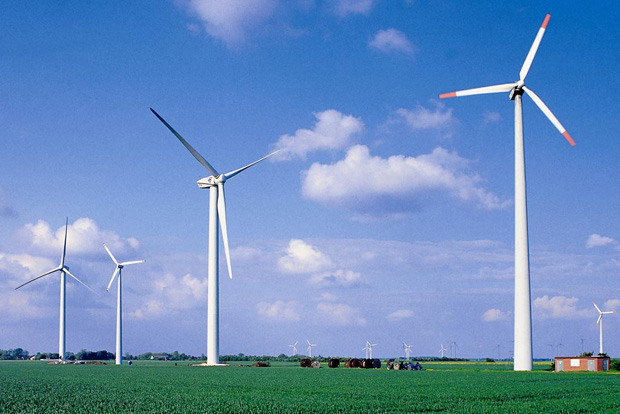Rethinking Lifestyle
Embracing the Wind

The fuel that drove economies in the 19th century was mostly coal. In the 20th century it was oil. What will it be in the 21st century?
Coal still fuels many electricity plants around the world but continues to pollute. And we are running out of oil. All oil-producing countries have now reached “peak oil” and production of this once ubiquitous fossil fuel is declining world-wide.
In light of these realities, one of the energy alternatives the world is embracing is the wind. And fortunately, many countries of the world are “wind rich.”
For example, China’s wind-swept plains and mountain ridges have enough harnessable wind energy to double its current electrical generating capacity. And faced with an ever-increasing demand for energy and a major pollution problem, that country is embracing the wind with lightening speed. Just a few years ago it was building coal-fired electrical plants by the dozen every year. But now it is in the process of building at least ten gigantic wind farms that will produce 105 gigawatts of power once completed.
But it is not only China. About 70 countries around the world are beginning to embrace the wind. Europe is right out front. Already tapping its off-shore wind potential, it is quite possible that by 2020 wind could supply all of Europe’s residential electrical needs.
Even the USA is beginning to cash in on its wind riches. Texas, now running out of oil, is rapidly erecting wind farms. By 2020 it will produce enough electricity for that state’s needs and begin exporting power. From California to South Dakota to Maine, and most points in between, the story is similar. US industry is waking up to the wind, even if the US government concerns seems to be profits for oil barons.
That brings me to our own back yard in Canada. With its vast, wide-swept expanses, Canada has perhaps the highest wind-to-population ratios in the world. Virtually all Canadian provinces have identified many locations for potential wind farms and construction is moving ahead briskly. As of December 2016, wind power generating capacity was 11,898 megawatts (MW), providing about 6% of Canada’s electricity demand. The Canadian Wind Energy Association has outlined a future strategy for wind energy that would reach a capacity of 55,000 MW by 2025, meeting 20% of the country’s energy needs.
There is no question in my mind that history will record how the present generation abandoned coal and oil for wind to supply its energy needs.
In light of these amazing developments, the optics are really very bad for Canada to continue exploiting the tars sands of Alberta which create the dirtiest oil on the planet. Not only is it dirty, it needs to be transported – always with associated risks, whether this is by pipeline or train. Alberta is richer in wind than oil – and it is non-polluting and renewable. Indeed a person I know who moved there reported that if the wind ever dies down most Albertans fall to the ground because they are so used to leaning into the wind, eh. Every thinking Canadian should oppose the tar sands development.
But what does all this mean for Southeastern Manitoba. For one we should all support wind farm development in our area. Then keep our eyes open to technology that will allow many of us to draw electrical energy from wind turbines on our properties. I know of at least one wind turbine already turning in the South East. Many more will begin their spin in the years to come.




